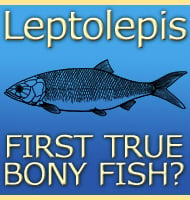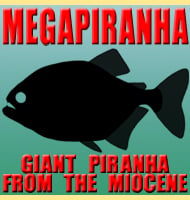Rhinconichthys
In Depth Rhinconichthys was first named in 2010, from fossils that had been discovered in England. Then in 2016 a description of two new species, R. uyenoi from Japan and R. purgatoirensis from the USA were described, revealing to us that this fish genus potentially had a global distribution. Rhinconichthys is noted for the large … Read more


